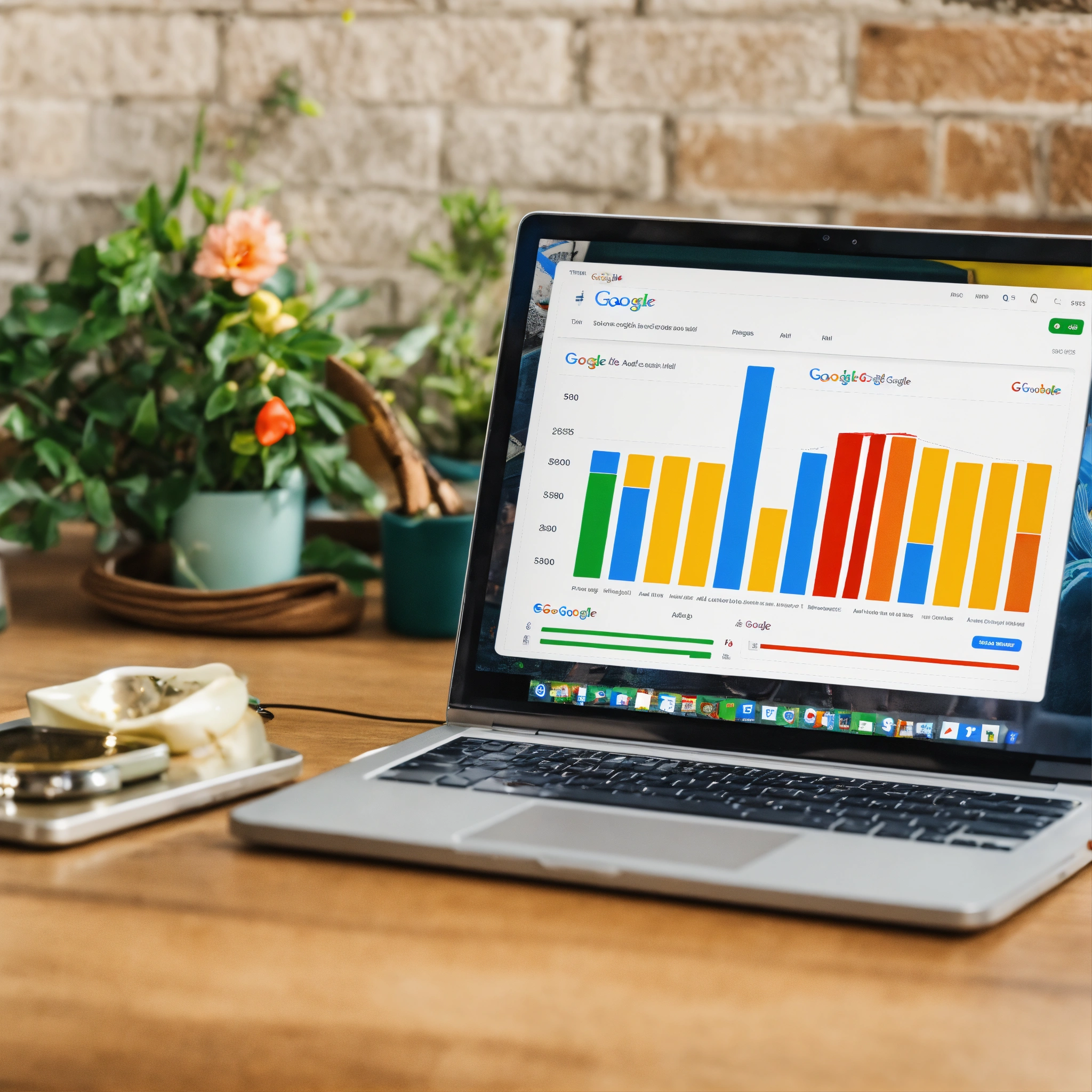✅ 1. Publish High-Quality Content
Google’s #1 priority is content quality.
Tips:
-
Write at least 15–20 well-written blog posts
-
Each post should be 1000+ words
-
Focus on original, valuable, and unique content
-
Avoid copying or rewriting existing blogs
Pro Tip: Use tools like Grammarly for grammar checks and SurferSEO for optimization.
✅ 2. Choose a Specific Niche
Don’t post random content. Pick a clear niche like:
-
Personal finance
-
Tech tutorials
-
Education
-
Travel
-
Digital marketing
This shows Google your site has focus and authority.
✅ 3. Use a Custom Domain (No Free Subdomains)
A professional website = higher approval chance.
-
Use a top-level domain like
.com,.net,.org -
Avoid free platforms like Blogspot.com or Wix (unless self-hosted)
Example:
yourblogname.comis better thanyourblogname.blogspot.com
✅ 4. Design a Clean, Mobile-Friendly Website
First impressions matter!
-
Choose a responsive, fast theme (Astra, GeneratePress, Kadence)
-
Keep navigation simple (Homepage, Blog, Contact, About)
-
Make sure your website loads fast (under 3 seconds)
Test your site with Google PageSpeed Insights and Mobile-Friendly Test Tool.
✅ 5. Create These 4 Must-Have Pages
Before applying for AdSense, your site must include:
-
About Us – Who you are and what your blog is about
-
Contact Us – Add email or contact form
-
Privacy Policy – Clearly mention how you handle user data
-
Terms & Conditions / Disclaimer – Especially if using affiliate links
You can generate these pages using free tools like privacy-policy-generator.info
✅ 6. Avoid Copyrighted or Restricted Content
AdSense won’t approve websites with:
-
Pirated content (movies, software, games)
-
Adult, gambling, or hacking content
-
Incomplete or under-construction pages
-
Excessive outbound links
Keep your content 100% legal and safe.
✅ 7. Don’t Use Other Ad Networks (At First)
Until you get AdSense approval:
-
Don’t use other ad services like Media.net, PopAds, or PropellerAds
-
Remove any popup ads or auto-redirects
Google prefers a clean, user-friendly site during review.
✅ 8. Submit Your Site to Google Search Console
This proves your website is indexed and active.
Steps:
-
Go to Google Search Console
-
Add your website
-
Submit sitemap (
yoursite.com/sitemap.xml) -
Monitor crawling and indexing
✅ 9. Get Some Organic Traffic (Optional but Helpful)
Even a little organic traffic tells Google that:
-
Your site has value
-
It’s not made “just for ads”
Share your content on social media, Reddit, Quora, or do basic SEO to get some views.
✅ 10. Apply for AdSense Carefully
Once everything is ready:
-
Sign in with Gmail
-
Enter your website URL
-
Add AdSense code to your website
-
Wait for approval (usually within 7–14 days)
📌 Some users even get approved within 48 hours if everything is perfect!
⚠️ Common Reasons for AdSense Rejection (Avoid These)
-
“Insufficient content” – Not enough high-quality posts
-
“Site under construction” – Broken pages, dummy text, or no real design
-
“Navigation issues” – Hard to explore or confusing menu
-
“Policy violation” – Adult, pirated, or misleading content
-
“No value to users” – Thin, generic, or AI-spun content
📝 Final Checklist Before You Apply
| ✅ Task | Status |
|---|---|
| Custom domain setup | ✔️ |
| 15–20 original blog posts | ✔️ |
| All important pages live | ✔️ |
| Mobile-friendly design | ✔️ |
| Site submitted to Search Console | ✔️ |
| No copyright/restricted content | ✔️ |
🎯 Conclusion
Getting fast AdSense approval in 2025 is very doable—if you focus on quality content, clean design, and a good user experience. Don’t rush the process. Build your blog the right way, and your passive income journey will be off to a great start.


